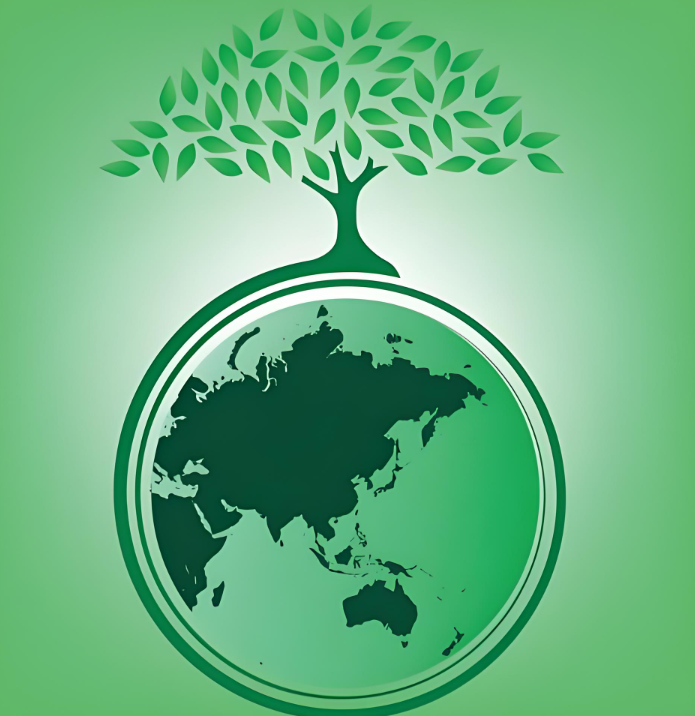The silicones industry, with compounds featuring a unique silicon-carbon bond structure, plays a vital role in modern industry and daily life due to their properties such as temperature resistance, aging resistance, electrical insulation, and biocompatibility. However, the silicones industry has also encountered some difficulties in its development process, which are manifested in the following aspects:
Technology gap and insufficient innovation capability: There is a significant technology gap between the domestic silicones industry and the international advanced level. For example, in the monomer synthesis process, domestic enterprises have lower selectivity and chloromethane single-pass conversion rates compared to multinational corporations. In addition, domestic enterprises lag behind in the treatment of "three wastes" and low-value by-products, and lack control and processing technologies for key impurities in products. This results in the domestic silicones industry's reliance on imports in the high-end product segment, making it difficult to compete with international giants.
Overcapacity and intense market competition: In recent years, the domestic silicones industry has developed rapidly, with capacity expanding swiftly. However, this rapid expansion has not been matched by corresponding market demand growth, leading to increasingly prominent overcapacity issues. At the same time, due to intense market competition, domestic silicones enterprises generally face price wars and profit compression.
Increasing environmental and safety pressures: As national requirements for environmental protection and safety continue to improve, the silicones industry is facing increasing environmental and safety pressures. Some silicone products are difficult to degrade, potentially causing environmental pollution. Furthermore, the safety risks in the silicone production process cannot be ignored. These factors limit the sustainable development of the silicones industry.

International market competition and challenges: In the international market, developed countries such as Europe, the United States, and Japan occupy a leading position in the silicones field, with numerous well-known enterprises and advanced technologies. These countries have clear advantages in the research and development, production of high-end silicone products, posing significant challenges to the domestic market.
In summary, the silicones industry faces multiple difficulties in its development process, including technology gaps, overcapacity, environmental and safety pressures, and international market competition. To overcome these difficulties, domestic silicones enterprises need to increase R&D investment, enhance technological levels; strengthen industrial chain integration, improve resource utilization efficiency; strengthen environmental protection and safety management to achieve sustainable development; and actively participate in international competition to enhance brand influence.
More details please click
here.
